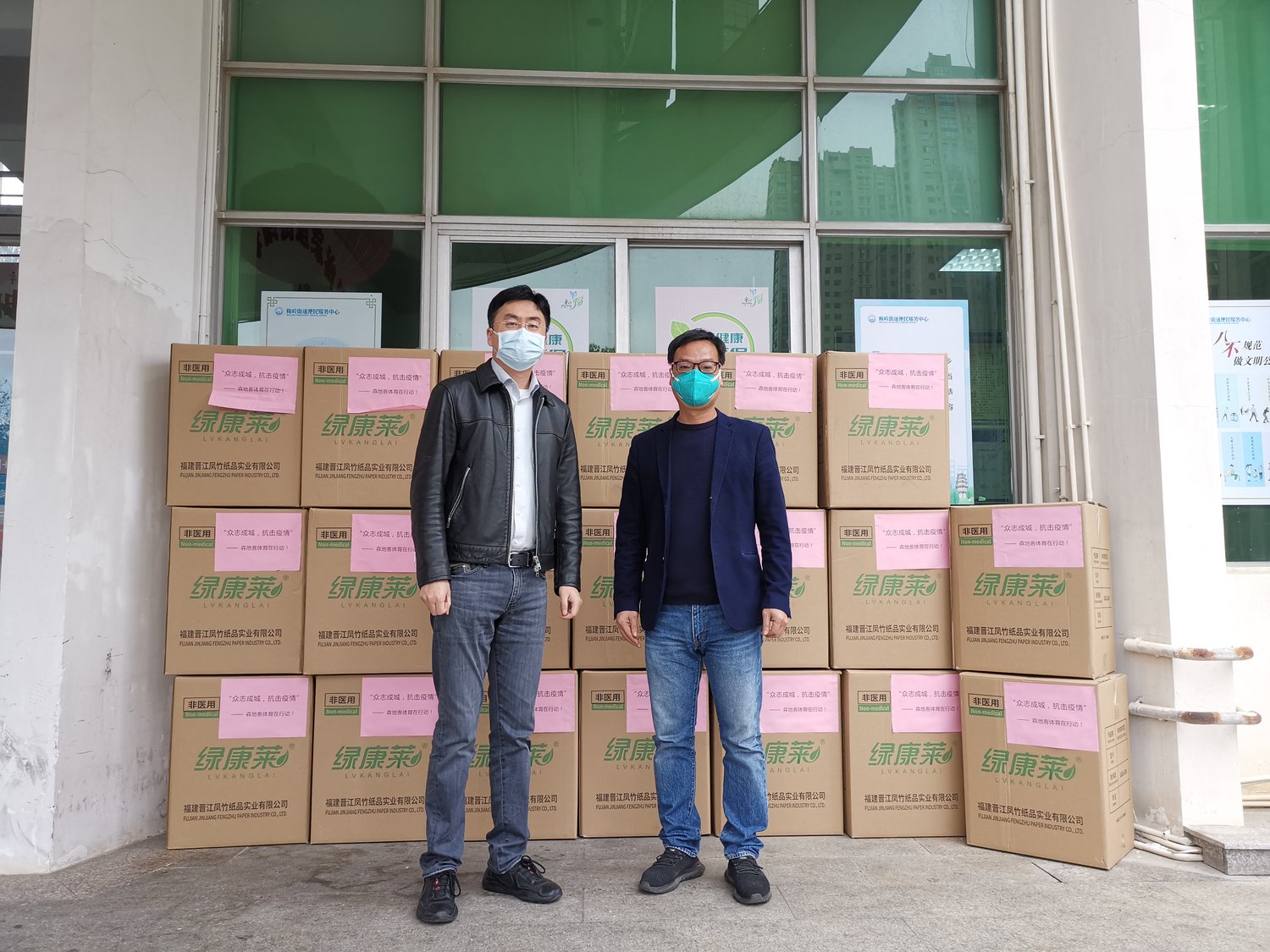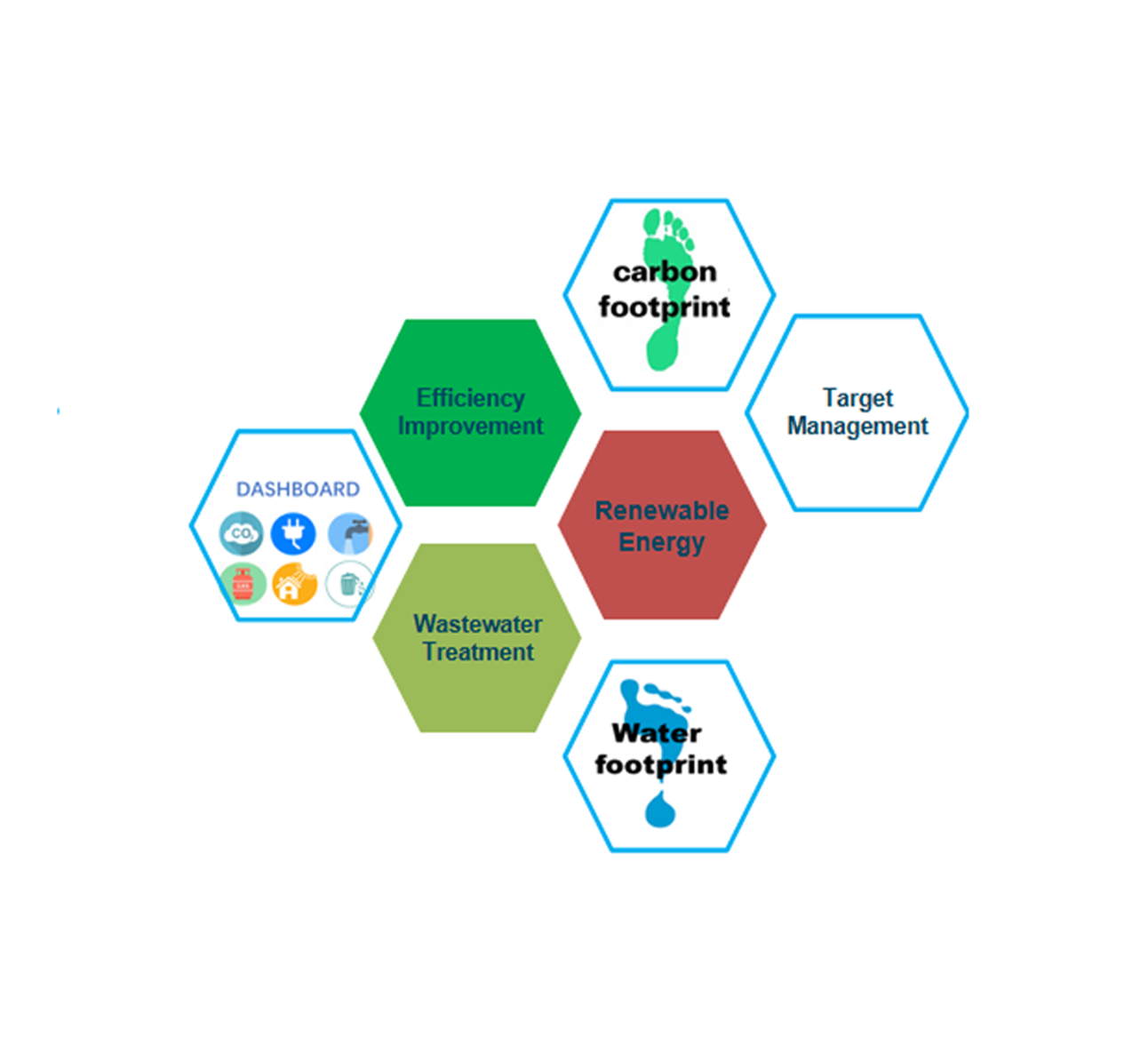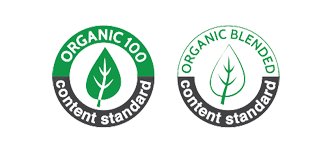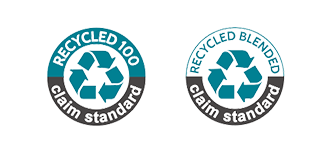Sustainable fashion brands design clothing with humanity and the environment in mind, minimizing environmental impact wherever possible. The ultimate goal is to have a system that works without leaving a carbon footprint.

We have ISO 14001 certified and have annual internal and external audits. We remain committed to improving HIGG FEM although FEM third-party verification is greater than 60.

Our factory is licensed to produce OCS and RCS products. We can provide OCS and RCS product certifications upon request. We have OEKO-TEX 100 certificates for fabrics and garments.

We attract employees through various benefits. We hold worker representative meetings in each domain. We guarantee worker safety and fair labor, and have ISO 45001 certification and SA8000 certification.





No matter what country we are in, no matter what industry we engage in, and no matter what cultural differences we have, we all share one common goal-to protect our planet and make it better.
The energy consumption target is to reduce electricity consumption by 15% from 2016 levels in order to improve energy efficiency. 50% of electricity consumption will be provided by renewable energy sources.
Climate neutrality will be reached by the use of renewable energy. Remaining power consumption will be compensated by Green Certificate.
Carbon reduction targets are met across the group by utilizing 100 percent renewable energy. Renewable energy has been and will continue to be our primary focus.